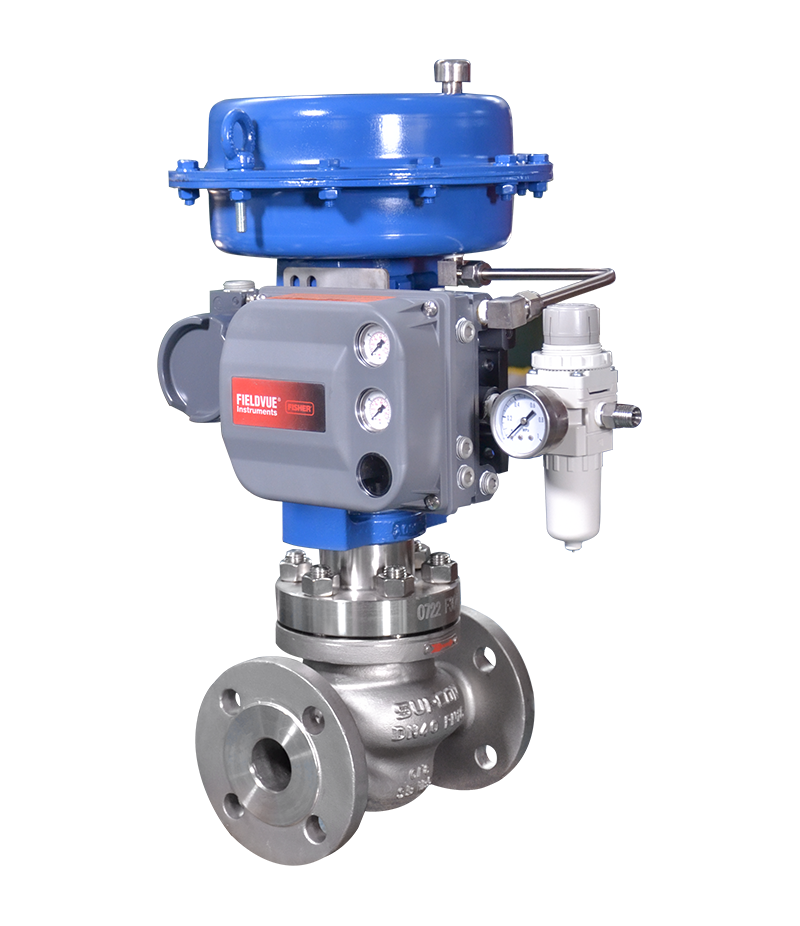The Role of Control Valves in Fluid Circulation Monitoring Equipment
The Role of Control Valves in Fluid Circulation Monitoring Equipment
Blog Article
Achieve Seamless Integration and Control With High Quality Building Automation Controls
In the world of contemporary building monitoring, the value of quality building automation controls can not be overstated. Embracing top quality structure automation controls is not merely a matter of benefit but a strategic imperative for organizations aiming to optimize their centers' efficiency and sustainability.

Advancement of Building Automation Controls
Throughout the previous few years, the advancement of building automation controls has actually considerably changed the means structures are handled and run. Initially, developing automation systems primarily concentrated on basic functions such as managing air flow, home heating, and air conditioning (HEATING AND COOLING) systems. As technology advanced, these controls have ended up being much more advanced, enabling for a larger array of structure systems to be incorporated and managed centrally.
The development of building automation controls has seen a change in the direction of even more intelligent systems that can adapt to changing problems in real-time. This flexibility is critical for maximizing power effectiveness and guaranteeing occupant convenience. Furthermore, contemporary building automation controls currently use features such as anticipating maintenance, remote tracking, and data analytics, allowing center supervisors to make data-driven choices to improve building efficiency.

Advantages of Top Quality Assimilation
The development in structure automation manages in the direction of even more smart systems has actually underscored the significant benefits of high quality combination in enhancing structure operations and boosting total efficiency. This centralized control additionally gives far better presence and insights into building efficiency, enabling aggressive upkeep and optimization methods. In general, the advantages of high quality combination in building automation controls are indisputable, providing enhanced effectiveness, comfort, and operational effectiveness.
Boosted Individual Experience and Access
Enhancing customer interaction with structure automation regulates via instinctive layout and boosted access boosts the general experience for passengers and facility supervisors alike. By concentrating on individual experience, building automation systems can come to be more effective and easy to use. User-friendly interfaces, clear navigating, and personalized setups equip customers to connect with the controls quickly and successfully.
Ease of access functions play a critical function in ensuring that all individuals, consisting of those with specials needs, can utilize the structure automation regulates easily. Incorporating functions such as voice commands, responsive switches, and color-contrasted screens can improve accessibility and you can look here make the controls more comprehensive.
In addition, improved user experience leads to greater customer contentment, boosted performance, and better decision-making. Owners can adjust ecological settings according to their preferences, while center managers can effectively monitor and handle structure systems - control valves. On the whole, prioritizing customer experience and accessibility in structure automation manages adds to a more productive and seamless structure setting for all stakeholders involved
Sustainable Practices With Automation

Additionally, automation can facilitate the integration of renewable power sources such as solar panels or wind generators right into structure procedures. With automation, buildings can line up with modern sustainability goals and add to a greener future.
Future Trends in Building Control Equipment
In anticipation of progressing technologies and evolving sustainability techniques, the trajectory of building control systems is poised to embrace innovative solutions and transformative approaches. One famous pattern shaping the future of building control systems is the increased assimilation of Expert system (AI) and device understanding. These innovations make it possible for buildings to adapt in real-time to transforming conditions, optimizing power intake and improving convenience for residents. In addition, the Net of Points (IoT) is reinventing building control systems by attaching sensors and tools to simplify operations and improve efficiency.
An additional essential trend is the focus on cybersecurity actions to try here protect versus possible dangers to building automation systems. As structures come to be much more interconnected, ensuring robust cybersecurity methods will be necessary to guard delicate information and prevent unapproved gain access to.
Moreover, the change in the direction of cloud-based systems is gaining momentum, permitting systematized control and remote access to building systems. This assists in simpler monitoring, maintenance, and updates, improving the total efficiency and flexibility of building control systems. As technology continues to advancement, these trends are anticipated to form the future landscape of structure automation controls, driving innovation and sustainability in the developed environment.
Conclusion
Finally, building automation controls have advanced substantially, offering many benefits such as boosted useful link individual experience, access, and sustainable methods. Quality combination plays an essential role in attaining seamless control and effective operation of building systems. Future trends in structure control systems are most likely to concentrate on additional improving automation capacities for improved power effectiveness and general efficiency. It is crucial for structure proprietors and operators to focus on the adoption of quality structure automation controls to enhance structure operations and achieve long-term sustainability goals.
In the realm of contemporary structure administration, the significance of high quality structure automation controls can not be overstated. Overall, the advancement of structure automation controls proceeds to drive advancement in the building administration industry, offering brand-new opportunities for producing smarter and more lasting buildings.
The innovation in building automation manages in the direction of more smart systems has actually emphasized the significant benefits of top quality integration in enhancing structure operations and improving general effectiveness. Generally, focusing on individual experience and availability in structure automation regulates adds to a more effective and smooth structure environment for all stakeholders entailed.
It is essential for building proprietors and operators to focus on the fostering of high quality structure automation regulates to enhance building procedures and accomplish long-lasting sustainability goals. - control valves
Report this page